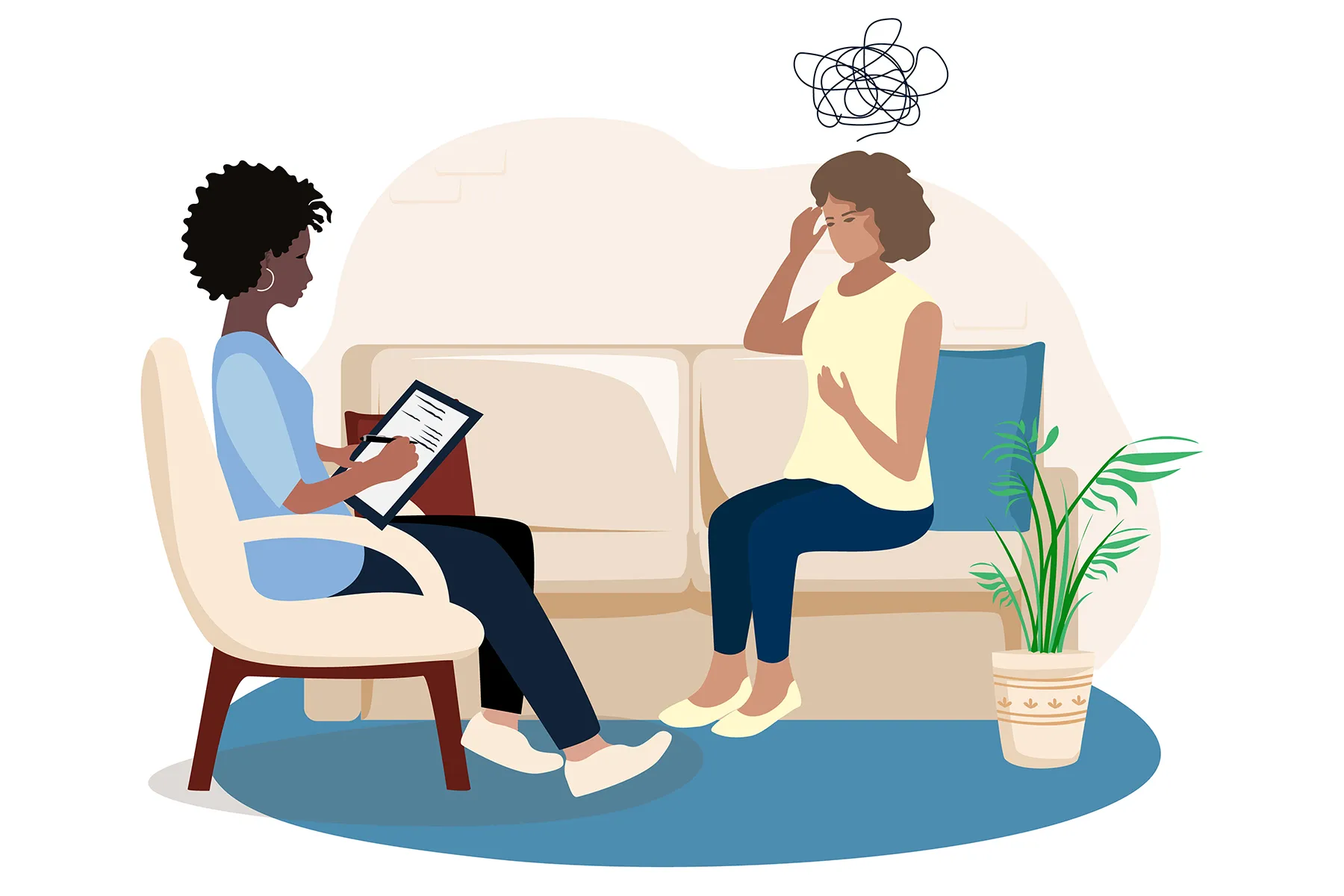I thought I was the helper, not the one who needed help.
As a mental health professional, I’ve given many difficult diagnoses to clients. I never expected one of those diagnoses to hit so close to home.
It happened during an appointment with a high-achieving woman. A leader, someone respected in her field. I delivered the diagnosis, and I saw something shift in her eyes. She almost cried. To her, it felt like a life sentence.
But something else happened, too.
While sitting across from her, I had a quiet realization: I meet the same criteria. I’d already suspected it. Deep down, I knew. But in that moment, I felt like I was straddling two identities: the clinician and the woman silently struggling. And I couldn’t ignore it any longer.
The Internal Struggle: Denial, Shame, and the Voice in My Head
I didn’t accept my own diagnosis right away. I questioned everything. I thought, maybe the psychiatrist got it wrong.
I rewrote my story, convinced myself there had to be another reason. But no matter how I tried to explain it away, I couldn’t ignore what I’d been through.
I thought about the younger version of me, the girl who stayed up all night dissociating. The one who went from feeling on top of the world to feeling like she was buried six feet under, sometimes overnight. The girl who felt like she never fit in, who didn’t finish the career path she once dreamed of. The one who constantly questioned her worth.
That girl didn’t need to be fixed. She needed to be heard. She needed compassion.
And she needed me to stop gaslighting her.
The Turning Point: Choosing Stability Over Survival
It took me six months to fully accept the diagnosis.
And even then, I fell into the classic trap: I felt “better,” so I stopped taking my medication. I thought I could manage on my own.
But I wasn’t actually managing. I was suppressing. I was reacting more, having emotional meltdowns, and pushing through life on empty.
I started to track my moods and patterns. I fought with myself daily. I even projected my fears onto my husband, convinced he just wanted me “subdued.” But the truth was, I didn’t want to lose control. I was afraid of what healing would require from me.
But eventually, I chose it.
I returned to treatment, took my medications consistently, and most importantly, I started communicating clearly.
I began naming what I needed: connection, validation, rest. I stopped pretending everything was fine.
Because “I’m fine” is not an emotion.
Reclaiming My Identity, Purpose, and Peace
With stability came clarity. And with clarity came purpose.
I reconnected with my family. I found joy in my work again. I stopped living in survival mode and started building a life based on my values, not just my coping mechanisms.
Today, I’m a licensed psychiatric nurse practitioner, therapist, and emotional intelligence coach. I’m also the founder of Empower Mental Health, a space created to give others the kind of comprehensive care I once needed:
- Therapy
- Medication management
- Emotional education and coaching
I’ve built my life – and my practice – on the belief that healing happens when you meet all parts of yourself with honesty and care.
I teach my clients how to regulate, connect, and thrive. Not in spite of their diagnosis, but with it.
You’re Not Alone
Mental health diagnoses can feel scary. They can come with stigma, shame, and uncertainty. But they can also be an invitation to stop surviving and start living with intention.
Getting diagnosed was not the end of my story. It was the beginning of real healing.
If you’re wondering what’s “wrong” with you, maybe it’s time to start asking what your mind is trying to tell you. Trust your body. Listen to your intuition. And know that help doesn’t make you weak. It makes you wise.
You’re not alone. And you don’t have to fake it anymore.
Photo Credit: iStock/Getty Images



